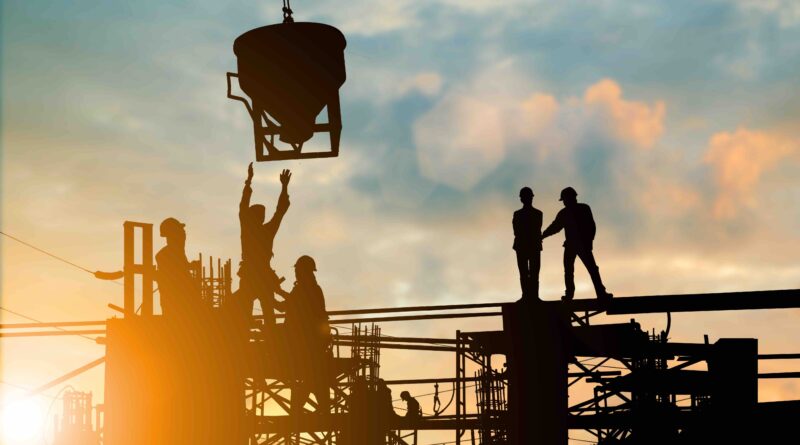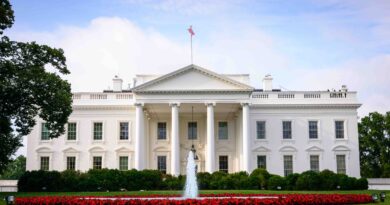The Future Of Infrastructure
CEO of Fernweh Group, Chairman of Avail Infrastructure Solutions and Chairman of Ayna.AI breakdown on how infrastructure works and where it is heading.
According to Forbes, infrastructure spending is a huge job maker where, for every $1 billion invested in highway infrastructure, 13,000 jobs are supported. These jobs are also good-paying jobs, as low-skill infrastructure occupations pay 30% higher wages than low-skill work in other sectors. This allows the industry to serve as a fiscal multiplier; according to a University of Maryland study, $1 spent on infrastructure adds $3 to the GDP in the United States. I believe this additional $3 represents a stronger economy, job creation and improved aggregate demand, all of which benefit the American consumer.
While recent infrastructure spending has risen due to the Bipartisan Infrastructure Law, spending still significantly lags behind its Asian economic competitors, particularly that of China. Currently, half of infrastructure investment has been taking place in Asia, with $1.1 trillion per year invested from 2007–2015. This number is only supposed to rise, with $1.8 trillion between 2016–2040.
Looking at infrastructure spending as a percentage of GDP, the Council on Foreign Relations finds that the United States is the second worst in the G20, a forum representing the world’s largest economies. The 1.5% that the United States spends is incredibly minuscule when looking at the 5.1% and 3.6% of China and India, respectively. This significant discrepancy in funding has had dire effects on internal services in the United States but also has resulted in growing Chinese influence through the Belt and Road Initiative.
The reason United States infrastructure spending significantly trails other nations is that the U.S. has a significantly different spending structure that expects greater contributions from state and logical governments. In most European countries, a bulk of infrastructure is paid for by the national government—in the United States, it makes up only 25% of funding. This results in much smaller and cash-strapped local governments bearing the costs of higher interest rates on funding critical projects.


